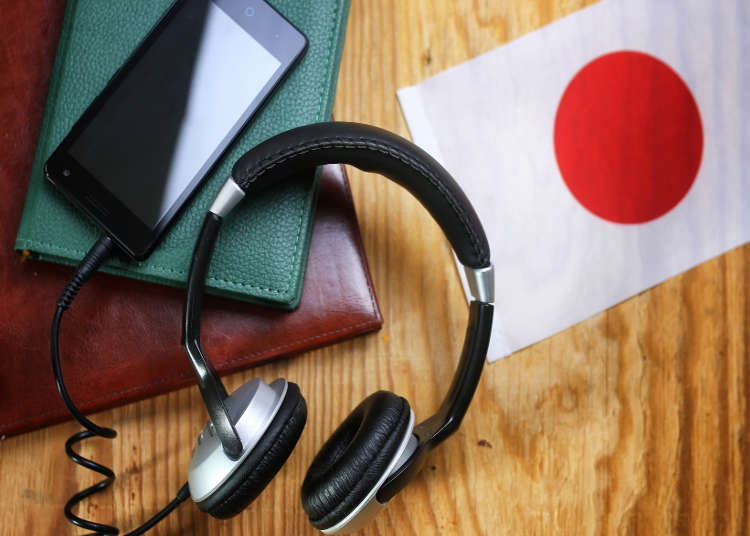
Learning Japanese can open doors to deeper cultural connections and opportunities in Japan. From mastering everyday phrases to achieving fluency, discover how studying Japanese can enhance your experience in the country and help you thrive.
Different Forms of Japanese

The Japanese language has three different character writing systems as well as a romanized system. This contains two sets of characters, hiragana and katakana, that are purely phonetic with each character making a syllable sound. The other more advanced set, Kanji, borrows characters from the Chinese language and has specific meanings behind each character as well as different readings. Finally, romaji is the romanization of the Japanese language.
What is Hiragana?
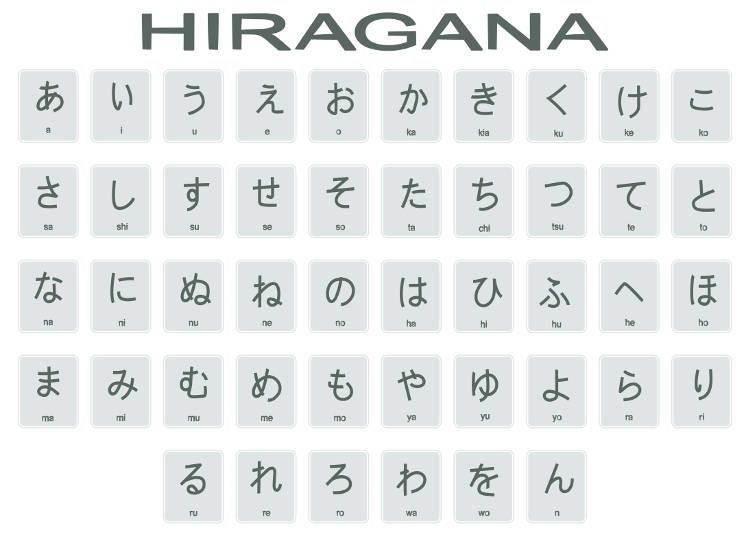
Hiragana is the basic of basic Japanese. Part of the Kana System, it has 46 characters that make syllables consisting mainly of a consonant and vowel together or a stand-alone vowel. Hiragana is the first writing system learned and the characters generally look more curved and cursive in form.
あ い う え お - The first row of hiragana are vowels "a" "i" "u" "e" "o" (pronounced ah, ee, oo, eh, oh for English speakers)
か き く け こ - The second row of hiragana adds the consonant "k" to the first row making it "ka" "ki" "ku" "ke" "ko" and so on.
What is Katakana?
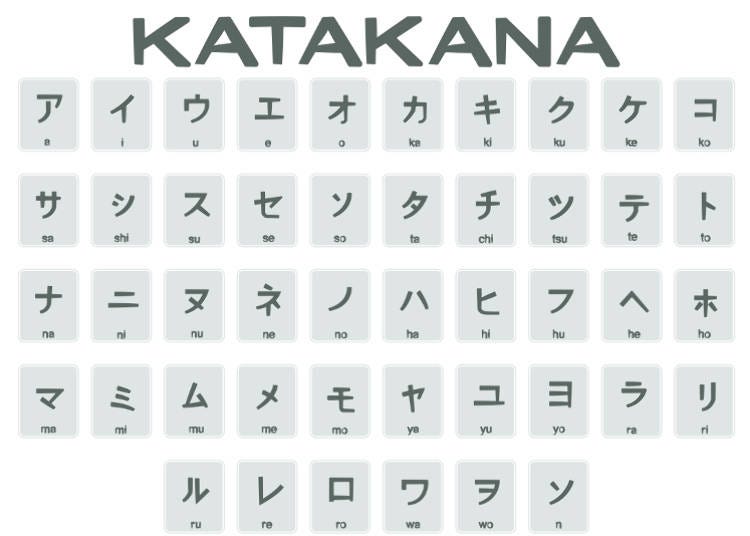
Katakana is the second set of the Kana System. Katakana functions exactly like hiragana but is used only in certain situations such as when using words borrowed from other languages, names of people and places that cannot be written in Kanji. In addition, the kana syllabary is not cursive.
Non-Japanese names like "Bob" or places like "America" are often written in Katakana - ボブ(Bobu), アメリカ (Amerika). When writing out words that would prolong a vowel, a chōonpu (prolonged sound mark) is used: ー. For example "Taxi" would be written as タクシー and transliterated as Takushii.
ア イ ウ エ オ is the same as the hiragana above あ い う え お.
What are Kanji characters?
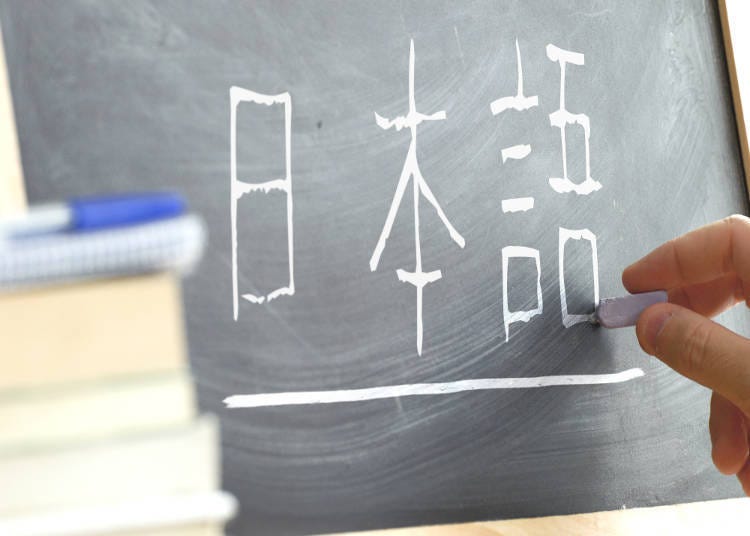
Kanji are characters borrowed from the Chinese language. These characters are ideograms, where each character can have one or more meanings as well as several ways to be read. Kanji can be combined to make even more complex words.
The average Japanese person will learn about 2000 ~ 3000 Kanji characters which are used in Japanese newspapers, but the Japanese language contains several thousand characters.
Kanji usually have two main ways to read the character, one being on-yomi (often reads similar to Chinese), and the other kun-yomi (the traditional Japanese reading).
日- (nichi, hi) means "Day" or "Sun"
本 - (hon, moto) means "Book" or "Origin"
日本 - (Nihon, Nippon) the word for "Japan" made with the kanji meaning "Sun" and "Origin"
Ways to learn Japanese
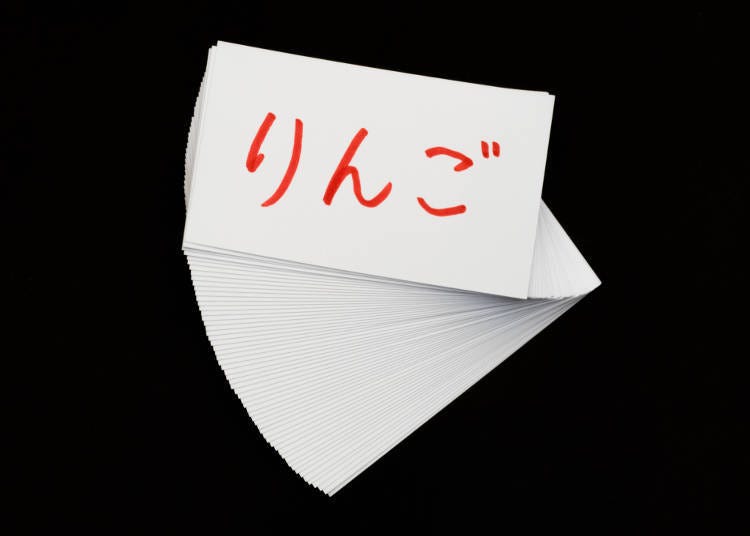
There are several different approaches you can take to learn Japanese as well as test and measure your proficiency in the language.
Self-study
There are several valuable study tools online that can aid you in your Japanese studies. From browser add-ons to podcasts to teaching videos, there are countless resources to get you started on learning Japanese. And not to be forgotten are good, old-fashioned text books!
Japanese Language Schools
People looking to study Japanese and students with an aim to attend higher education schools in Japan often enter a Japanese language school. For students looking to study before entering a university, the study term is usually 6 months to 2 years before taking a university exam. Many private universities will offer Japanese language courses and there are also many Japanese Language Schools all around Japan.
Edutainment
While there is no substitute for learning proper grammar rules, many people find that using unconventional Japanese language materials such as anime, manga, dramas, and video games greatly supplements their studies, and makes learning even more fun!
Passing the JLPT Exam
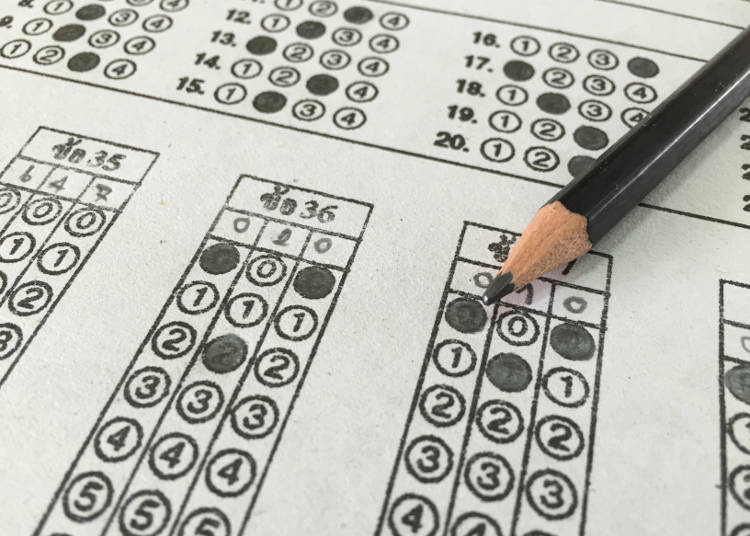
The Japanese Language Proficiency Test, known as the JLPT, is the most common way to measure your Japanese proficiency to use in the business industry. There are five levels of the test, from N5 being the easiest level to N1 being the most difficult. The test covers and tests language knowledge, reading and listening ability of the test taker. The JLPT is available to be taken both in Japan and overseas. The JLPT can be taken twice a year in July and in December. Application for the tests are from early March to April and August to September.
The certificate you receive for passing the test will indicate your level of Japanese. The JLPT is required for medical practitioners and other high skilled jobs. Many companies hiring will look for at least an N2 level of Japanese proficiency.
Related Articles
*Prices and options mentioned are subject to change.
*Unless stated otherwise, all prices include tax.
Popular Tours & Activitiess
Recommended places for you
-

Jukuseiniku-to Namamottsuarera Nikubaru Italian Nikutaria Sannomiya
Izakaya
Kobe, Sannomiya, Kitano
-
Goods
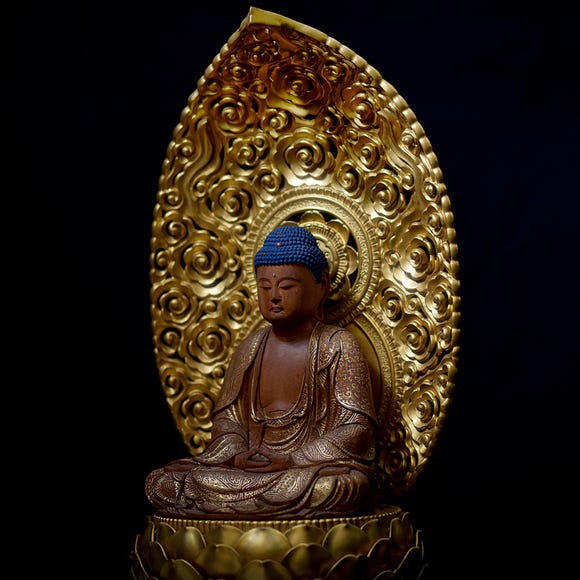
Yoshida Gennojo-Roho Kyoto Buddhist Altars
Gift Shops
Nijo Castle, Kyoto Imperial Palace
-

Kanzenkoshitsuyakinikutabehodai Gyugyu Paradise Sannomiya
Yakiniku
Kobe, Sannomiya, Kitano
-

Kambei Sannomiyahonten
Yakiniku
Kobe, Sannomiya, Kitano
-

ISHIDAYA Hanare
Yakiniku
Kobe, Sannomiya, Kitano
-
Appealing

Rukku and Uohei
Izakaya
Sapporo / Chitose
-

Don't Miss Out! The One Thing You Must Do Before Shopping at Mitsui Shopping Park LaLaport: Get Your Max 10% OFF Coupon Book
-

New Seibu L00 Series Launching in 2026! What to See Along the Tokyo-Area Golden Route
by: Guest Contributor
-

Enjoy Japan's Gorgeous Winter Lights! Ride the Romancecar to Shonan no Hoseki Illumination
by: Guest Contributor
-

Tokyo City Pass Upgrade: Harry Potter Studio Tour & Top Sights up to 85% Off
by: Guest Contributor
-

Simply Oishii Wagashi School Discover Japanese Culture Through Wagashi: A Hands-On Experience!
by: Guest Contributor
-

Get Ready to Catch 'Em All! First Ever Permanent Outdoor Pokémon Park Opening Near Tokyo!
-
Ad

Spring in Taito: Home to Ueno & Asakusa! Step off the beaten path and curate your perfect 1-day itinerary
-

Ippudo Osaka and More: These 5 Ramen Restaurants in Osaka Are Going Viral
by: WESTPLAN
-
Ad

Experiencing Manga as Culture, Not Just Reading It: Expo 2025 with Rumiko Takahashi
-

Secrets to Shopping in Japan: Guide to Annual Sales in Japan & Where to Shop
by: Miyu Shimada
-

Enjoy A Spooky Stay At These 3 Fun Halloween-Themed Hotels in Tokyo! (2021)
by: Kei Suzuki
-

Asakusa Station Guide: Major Stations, Access, Sights, and Best Transportation Options
- #best sushi japan
- #what to do in odaiba
- #what to bring to japan
- #new years in tokyo
- #best ramen japan
- #what to buy in ameyoko
- #japanese nail trends
- #things to do japan
- #onsen tattoo friendly tokyo
- #daiso
- #best coffee japan
- #best japanese soft drinks
- #best yakiniku japan
- #japanese fashion culture
- #japanese convenience store snacks












